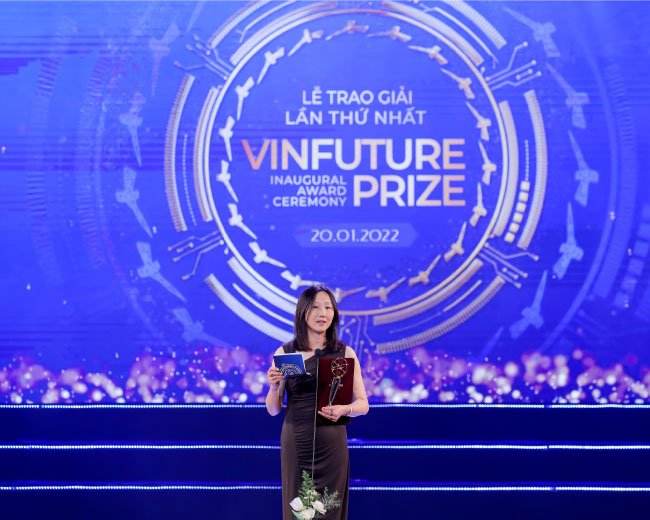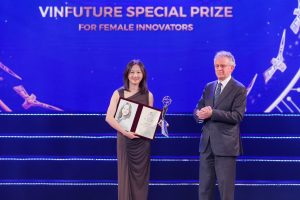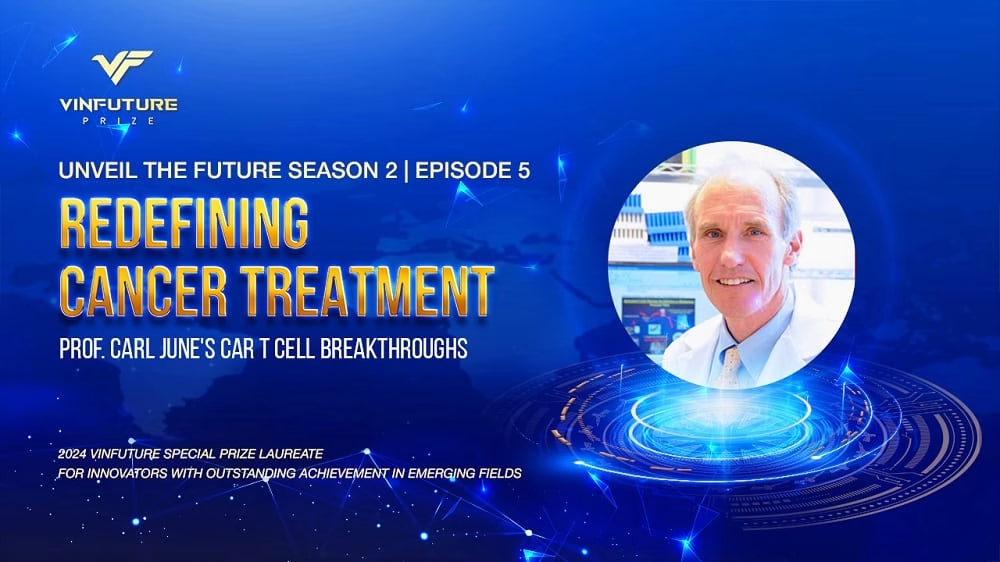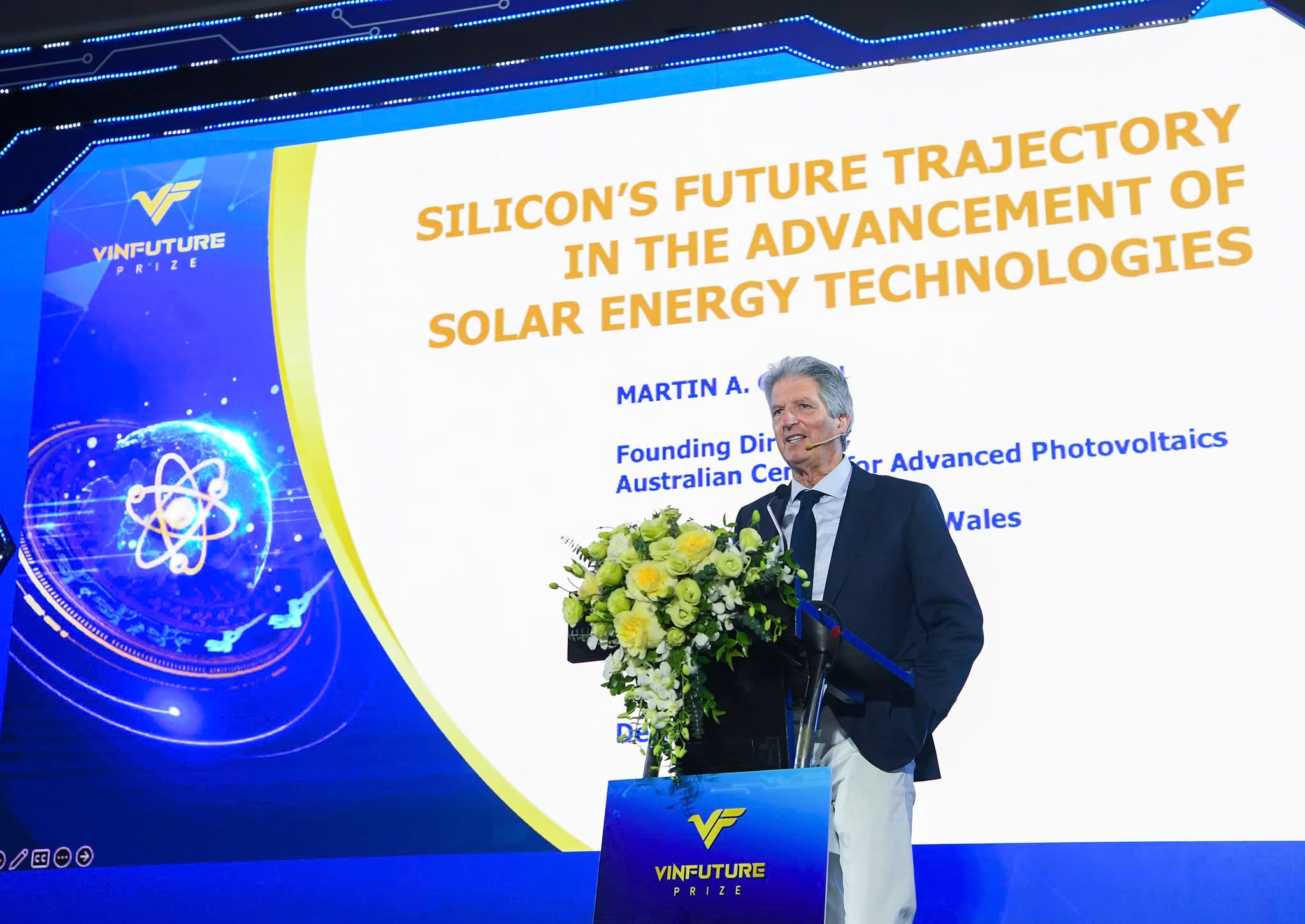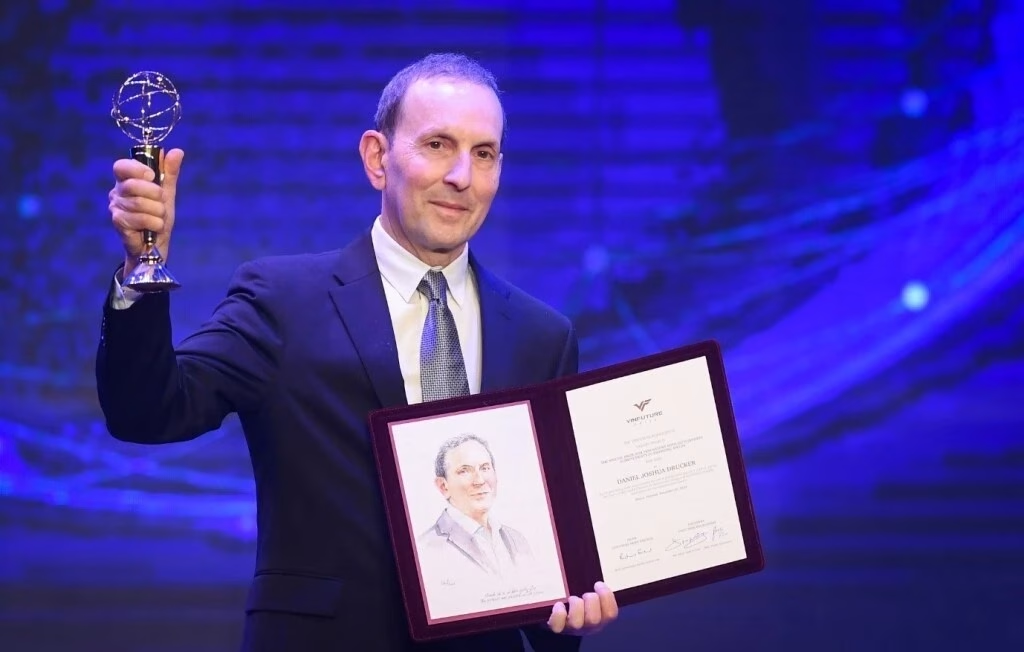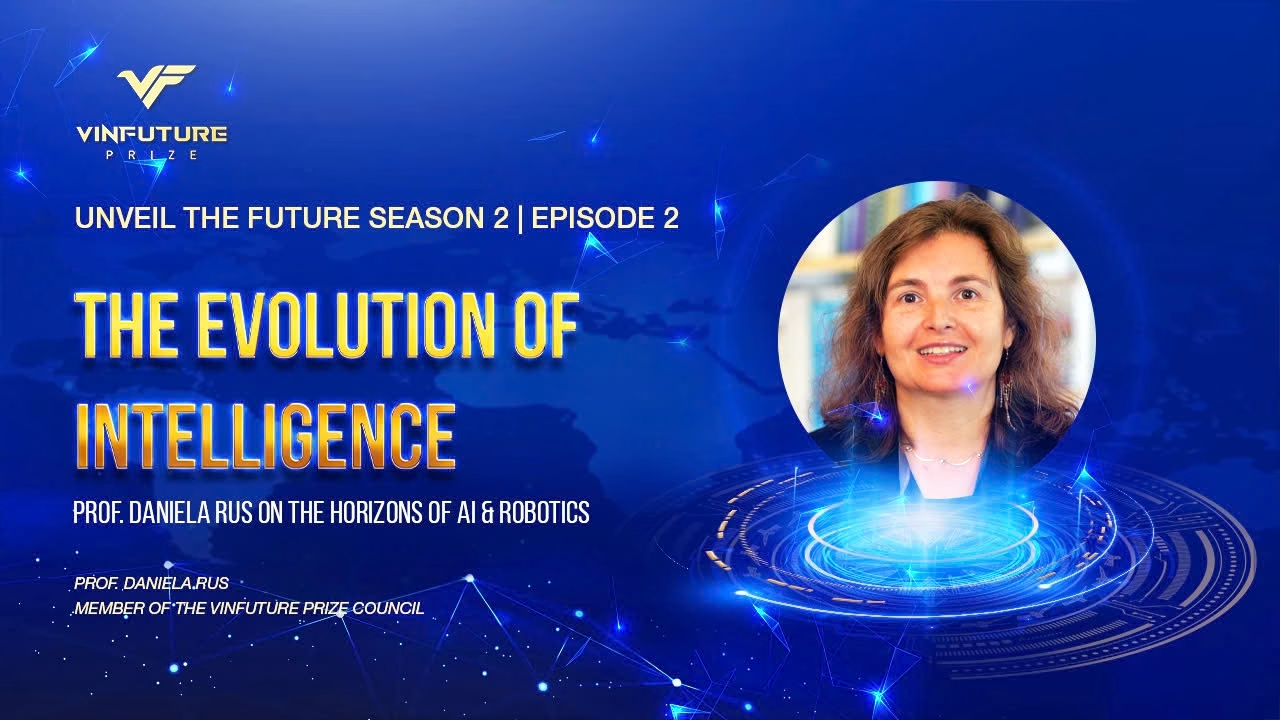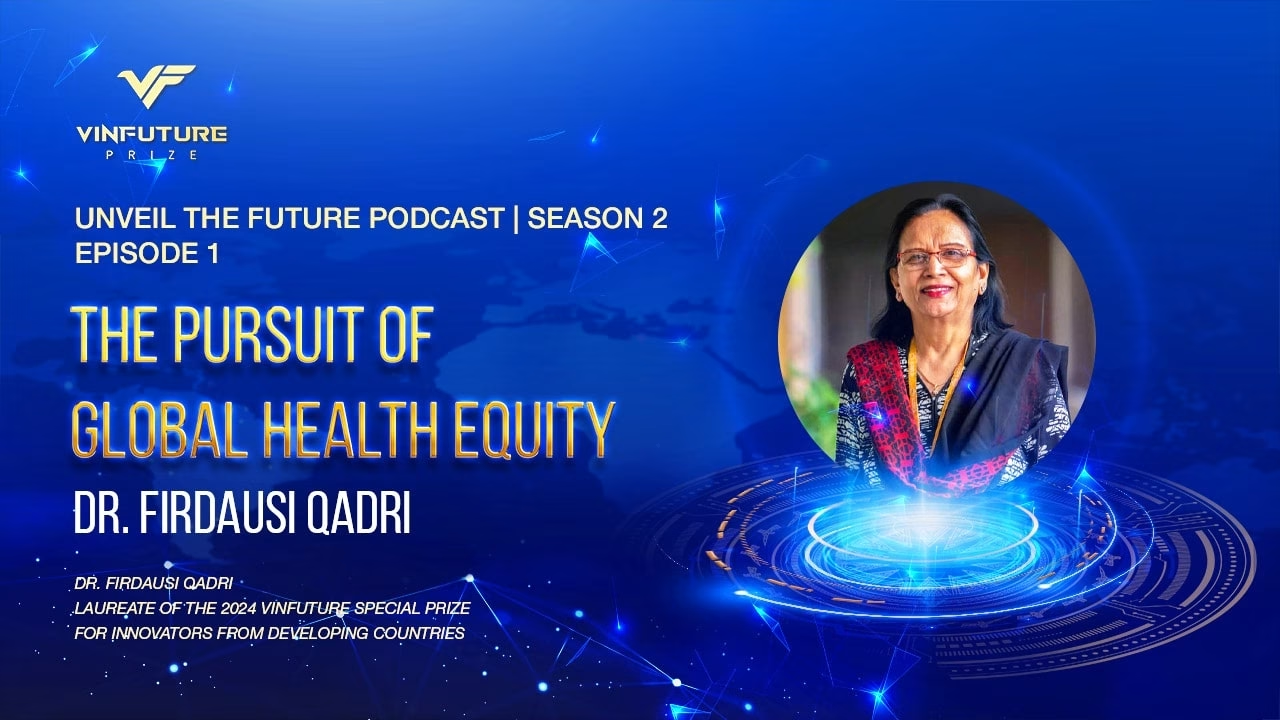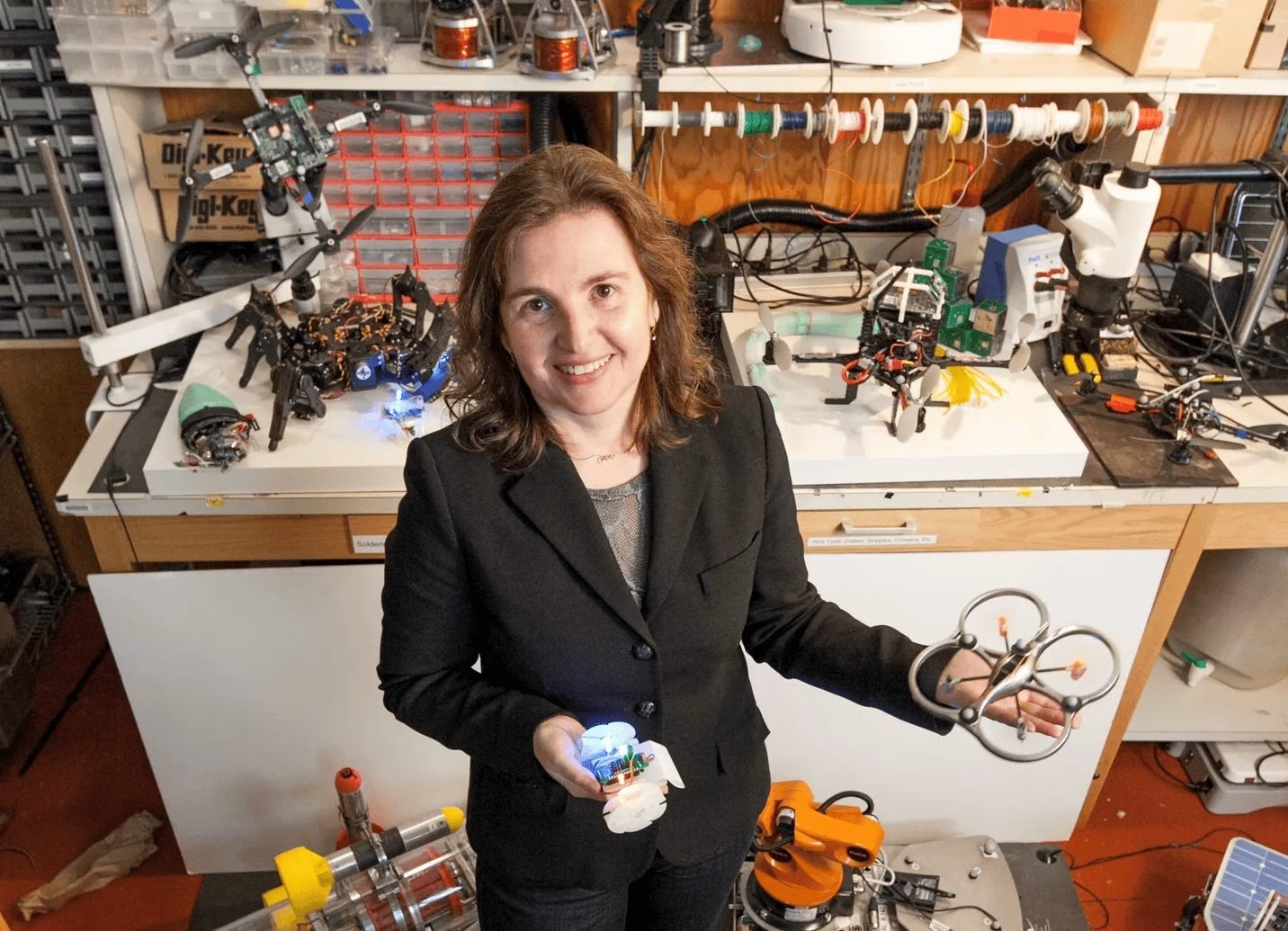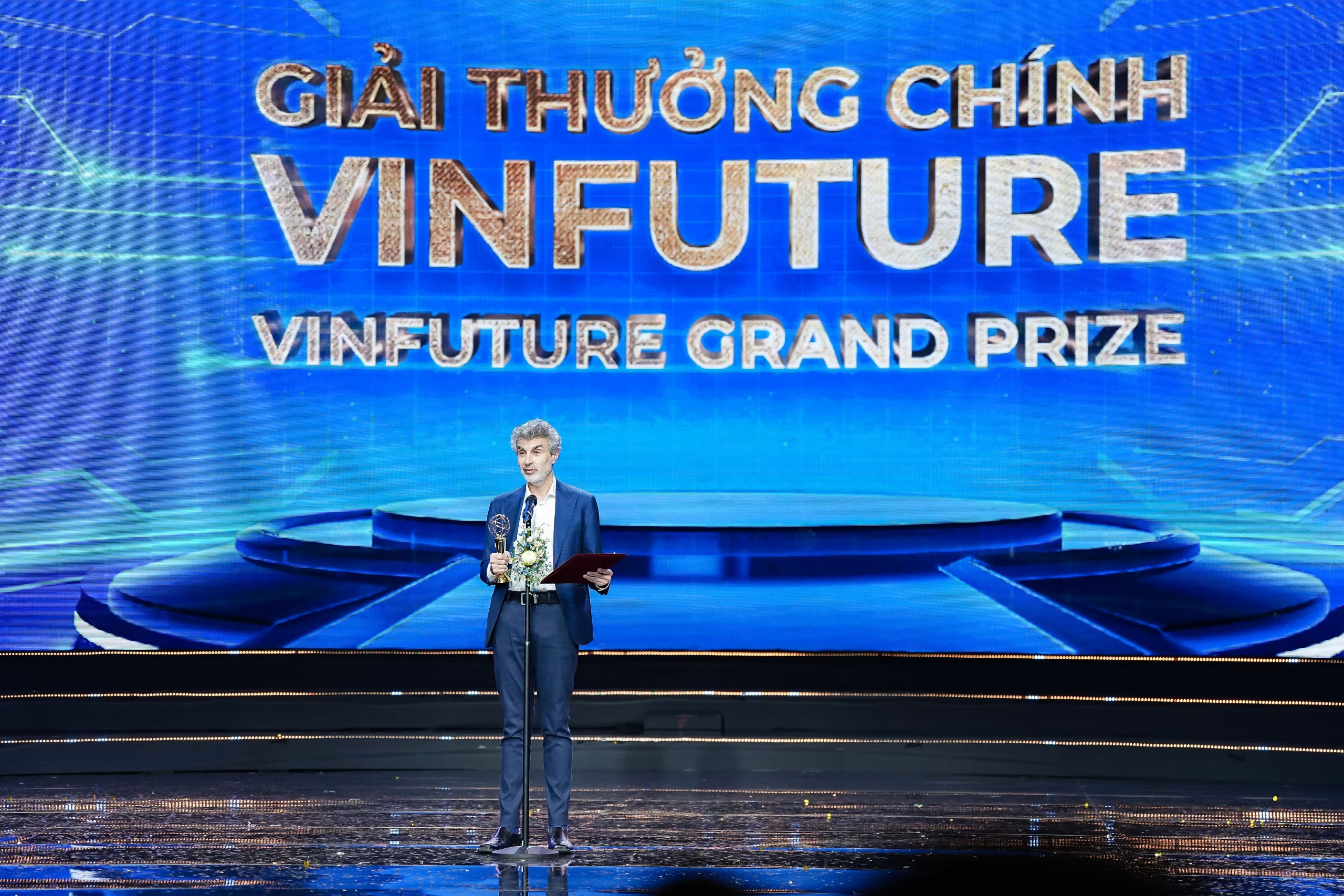Contributing to society is the most important motivation for scientists
– To many, electronic skin seems to exist only in fiction. For you, where would you place yourself on the quest to turn this unthinkable feat into reality, after your invention was honored at the VinFuture Prize 2021?
Human skin has millions of different sensory cells to help us feel complex sensations and distinguish objects. In order to replicate this in electronic skin, it would require at least hundreds, if not thousands, of sensors. Notably, we are developing a new generation of electronic skin that is much more complex and closer to the functions of human skin. However, although there have been many breakthroughs, there is still much to be done. Nevertheless, I believe that day is not far away.
– It seems that the research is not progressing as quickly as expected. What difficulties are you and your colleagues facing?
Not really. We have been pursuing the e-skin project for more than 10 years and have overcome many challenges. To develop implantable electronics, it would take years. This is why we are working on developing a non-invasive monitoring device that can be attached to the surface of the human body to speed up the process. Currently, testing of a number of sensors has been carried out on humans to provide data for treatment.
Similarly, we have spent 4 years on a project to measure neurotransmitters in the brain and gut. It’s not easy to put sensors in a complex environment like the gut, where there are so many different chemicals. The sensor must also be very soft so as not to cause any disturbance to the body’s natural biological and behavioral functions.
Currently, we have carried out this test on animals, but it would take a long time to test on humans. The ultimate goal is to develop less invasive technologies that can “measure” people’s moods, such as levels of anxiety or depression, from sweat or subcutaneous tissue fluid.
– What is the possibility for commercialization of these technologies? Does it bother you when linking commercialization with science?
Why should I be bothered, when research is ultimately done to serve people? With applied research, commercialization is the measure for the research’s effectiveness.
I started my journey in research partly because of my passion for discovery, but the more important motivation was to create useful inventions for society. As you know, I have 2 startups to bring the achievements of research on electronic skin to the public.
VinFuture takes the lead in bridging gender inequality in science
– Your point of view is similar to the values of the VinFuture Prize, which is science for humanity. What does it mean to you to win the Special Prize for Female Innovators?
There are so many deserving candidates. I feel very lucky, honored, and surprised to have been chosen.
There are many prizes globally, some of which are even close to a hundred years old, but not many are awarded to women. For scientists, awards are not the goal, but it is an important form of recognition.
Today’s society has given more recognition to the contributions of women to science and technology. However, there is still a lot of work to be done in order to bridge the “great gap” of gender inequality. I am delighted that VinFuture is at the forefront of that mission. The Prize’s unique criteria are also the reason why the VinFuture Prize, although newly born, has already caused a stir in the global scientific community.
– After a very successful first season, what are your thoughts on the theme of the 2nd season of the VinFuture Prize?
Covid-19 has taken a serious toll on the world. Today, the world’s most pressing needs and challenges are related to energy, the environment, and health. Therefore, the theme “Reshaping and Reviving” – chosen by VinFuture for its 2nd season – has a special meaning and can inspire scientists around the world to come up with research and innovations that help humanity recover post-pandemic.
– From a shy girl to an internationally-renowned scientist and winner of the prestigious VinFuture Prize, what advice do you have for young scientists?
A breakthrough in science and technology is often the product of research and development over many years, not overnight. Therefore, young scientists should be confident in themselves and be optimistic, because as long as they persevere in pursuing their passions, great things will come.
– Thank you!
Prof. Zhenan Bao, a Chinese-American working at Stanford University (USA), is one of three winners of the 1st VinFuture Special Prize, for her innovation of electronic skin.
Electronic skin has been developed by Prof. Bao and her team from layers of high-tech semiconductor plastic that can stretch and mimic human skin’s ability to flex and heal. It also has temperature sensors that sense pain and send sensation to the brain. It is biodegradable and environmentally-friendly. This groundbreaking innovation opens the door to effective rehabilitation for millions of people with disabilities around the world.
